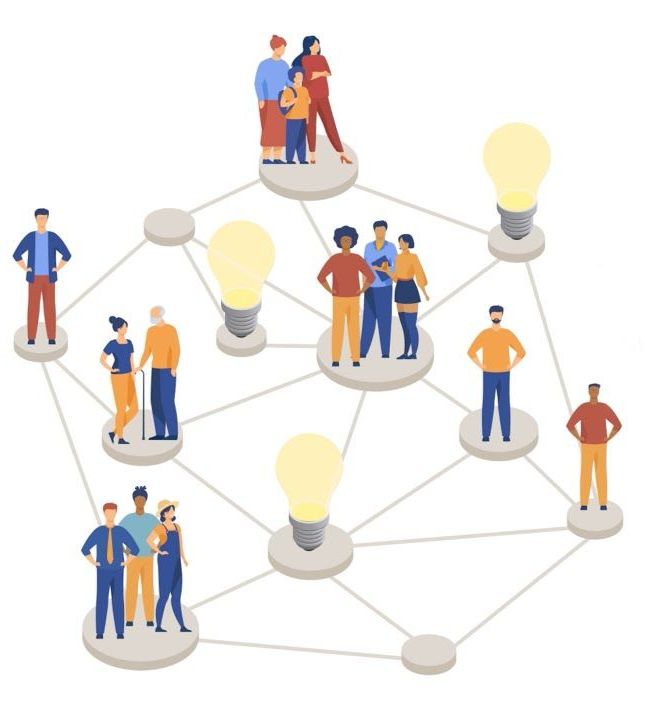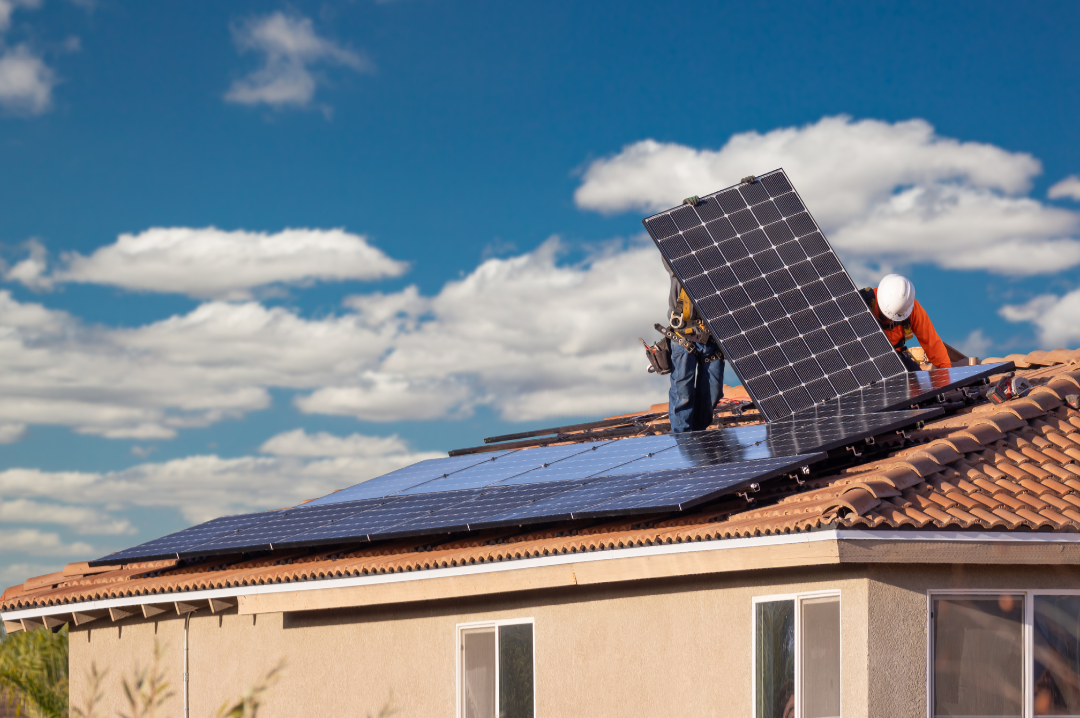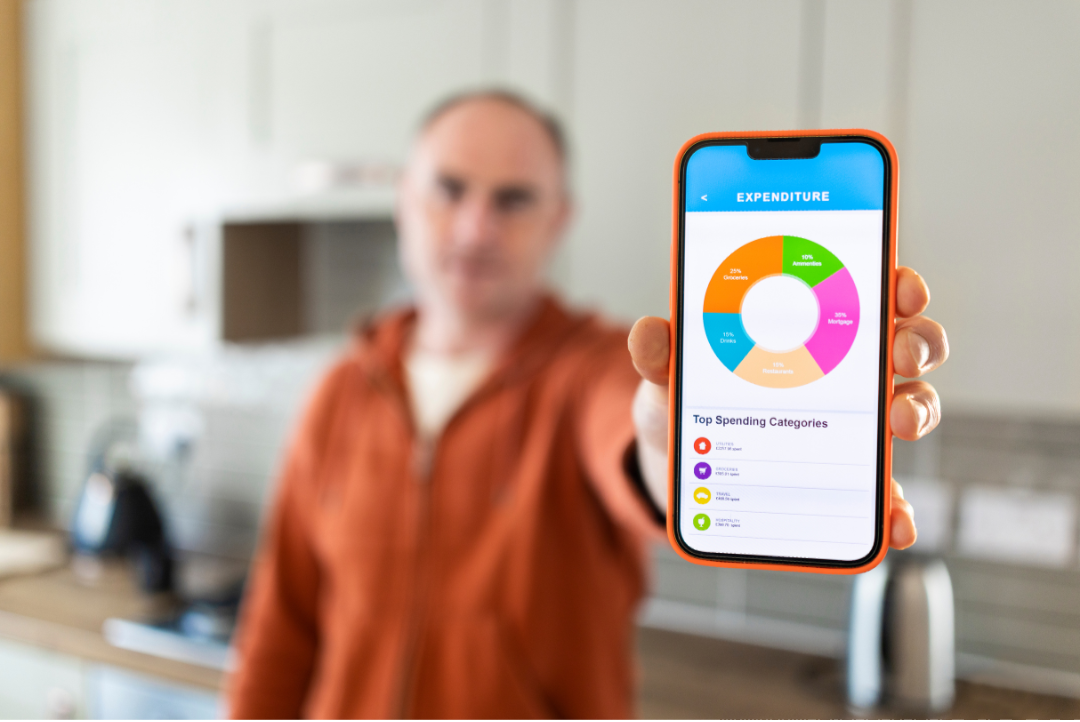Respect for the environment and shared energy efficiency
WHAT ARE RENEWABLE ENERGY COMMUNITIES
Thanks to the RED II directive, later updated with the RED III, citizens, SMEs and local authorities can install renewable energy systems and use it for their own consumption. The goal is to reach 45% of energy from renewable sources by 2030, making Europe more sustainable and independent.
The directive also provides simpler procedures for installing systems such as photovoltaic and wind power, encouraging the use of green energy. With virtual self-consumption, the energy produced can be shared between multiple users, with economic incentives guaranteed for 20 years.
This brings economic, environmental and social benefits to both participants and local communities, promoting a fairer and faster energy transition. New digital platforms will facilitate access to these opportunities across Europe.

What changes with the RED III?
RED III, the third revision of the European Renewable Energy Directive, marks a fundamental turning point towards the energy transition. The aim is to promote a more sustainable, decentralized and participatory energy system, putting citizens, businesses and communities at the center of change.
Promotion of distributed generation
RED III encourages the creation of small-scale renewable energy installations, such as rooftop photovoltaic panels, small wind turbines and biomass plants. This promotes a distributed generation model, where energy is produced close to where it is consumed, reducing grid losses and increasing energy self-sufficiency.

Collective self-consumption and energy sharing
Thanks to RED III, it becomes possible to create local micro-grids in which multiple subjects – families, condominiums, companies or public bodies – can share the energy produced by common plants. This is the principle of collective self-consumption, which allows for a more equitable and efficient management of renewable energy.

When is it possible to form a Renewable Energy Community?
To establish a Renewable Energy Community (CER), some technical and regulatory requirements must be met. The main one is that each individual photovoltaic (PV) system must not exceed 1 MW of power. Furthermore, all members of the community must be connected to the same High to Medium Voltage (HV/MT) transformer cabin. This ensures that the energy produced is effectively shared at a local level.
What are the benefits?
Entering a CER allows you to:
- Access to financial incentives guaranteed for 20 years;
- Contribute to sustainability by reducing the use of fossil fuels;
- Enhance the territory, creating economic and environmental benefits for the community.
Let's summarize some points below:
The Energy Community
Consumers and producers of energy in the same high voltage network can join together in the form of a community to share the energy produced by the plants owned by the community itself;
Even plants owned by entities other than the community may be part of the communities, provided that the plants are in the same high voltage network and owned by the community that has them at its disposal for sharing the energy fed into the network;
To identify the high voltage networks on which to develop the communities, the distributors will have to publish the extension of the networks on the website;
The community may take the form of an association, third sector body, cooperative, consortium, partnership, or non-profit organization;
WHO ARE THE DIRECTLY INTERESTED PARTIES
PUBLIC FACILITIES
Municipalities and territorial bodies that need to achieve significant cost reductions in supplies for public utilities or that intend to implement projects to improve the efficiency and rationalise equipment for citizen services (public lighting; supply systems for electric mobility, etc.).
DOMESTIC AND COMMERCIAL PROSUMER
Producers (domestic and commercial) who, in addition to obtaining savings, want to contribute to the cost of the photovoltaic unit to be installed on their roof/patio to also obtain a certain return on the invested capital.
HOUSEHOLD AND COMMERCIAL CONSUMER
Consumers (domestic and commercial) who intend to obtain savings, resulting from virtual self-consumption of renewable energy produced by the Energy Community
PUBLIC AND PRIVATE INVESTORS
Local companies connected to the CER that intend to invest in the project to obtain a certain return on capital and reduce their carbon footprint
Incentives for the Energy Community
The plants belonging to the energy community, or having an agreement with it, will be able to access a direct economic incentive, provided by the Energy Services Manager (GSE) to the community itself.
The incentive is composed of two distinct elements:
- Incentive tariff for energy shared between community members, defined by the Ministry of the Environment and Energy Security (MASE). Currently, the incentive can reach up to €110/MWh, with a guaranteed validity of 20 years;
- Valorization of shared energy, which includes the reimbursement of avoided costs related to transmission, distribution and network losses, thanks to virtual self-consumption within the community.
These incentives aim to promote local sharing of renewable energy, reducing costs for participants and encouraging the development of a more sustainable and decentralized energy model.
But when is it possible to form Renewable Energy Communities and what are the advantages?
The definition of Renewable Energy Community (CER) is based on some essential conditions, without which it cannot be established:
- Renewable energy production plants can have a total power of up to 1 MW (1,000 kW), based on the new thresholds introduced by current legislation;
- The energy produced must be virtually self-consumed within the community or stored via storage systems (batteries);
- The systems must be connected to the high voltage network and fall within the same primary transformation cabin, which today defines the maximum territorial scope of the CER (no longer just the secondary MT/BT cabin, as previously foreseen);
- The geographical area of the community is therefore identified based on the connection points of the users to the electricity grid, provided that they are under the same primary cabin;


